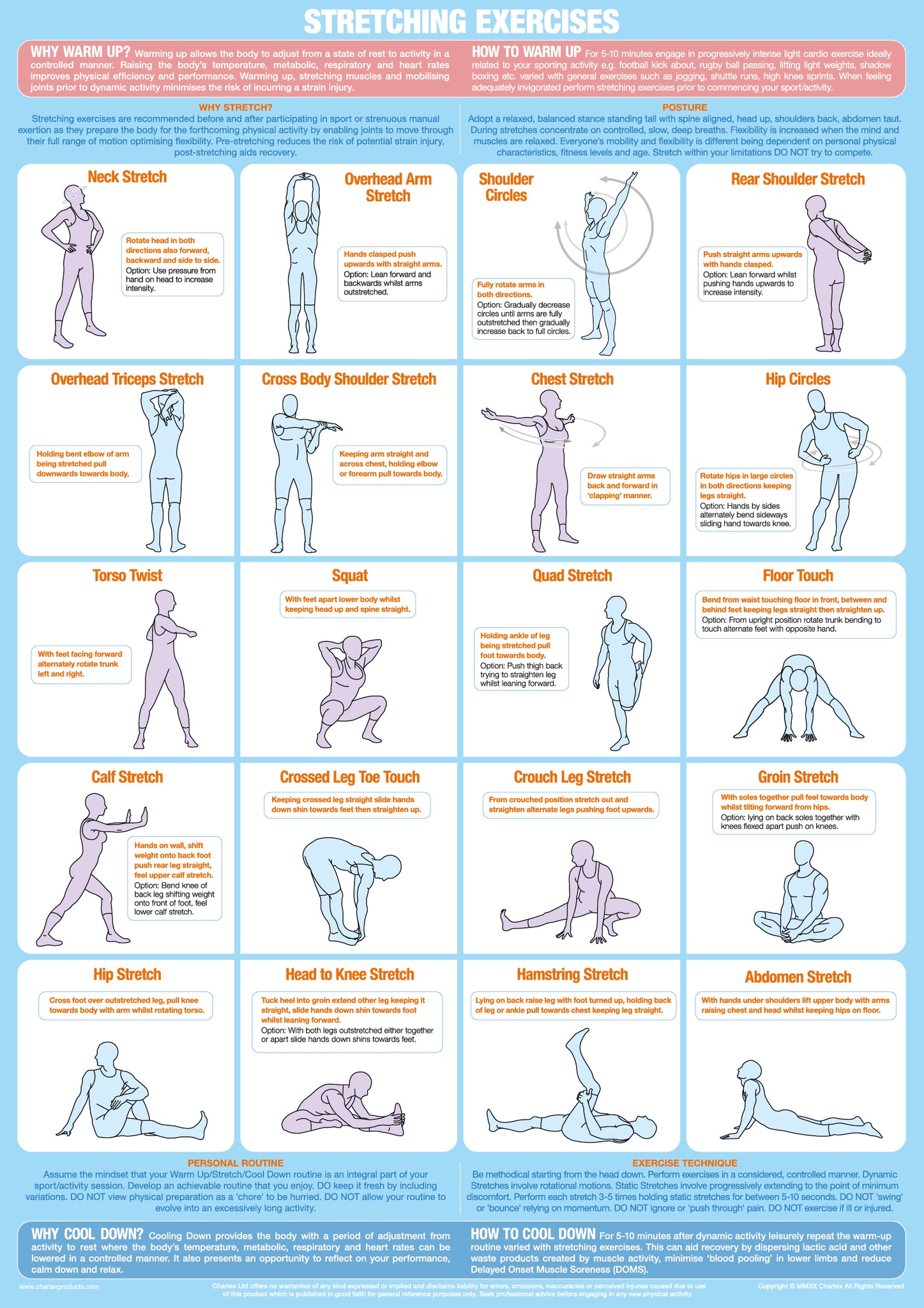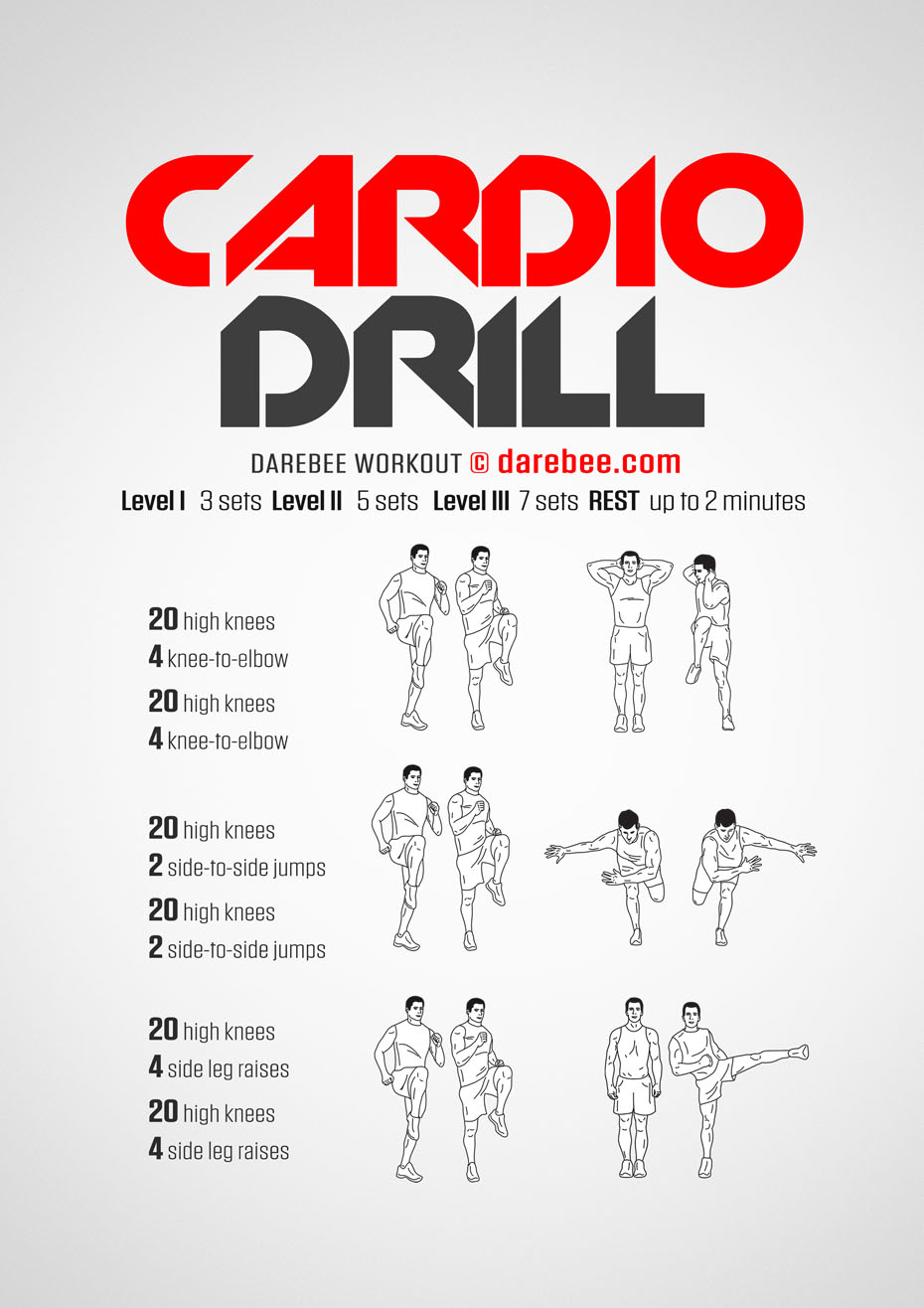



Observational studies suggest that four out of in five myocardial infarctions may be prevented by adopting low-risk, health-related behaviors. However, although it is particularly challenging to get patients to change lifestyle behaviors, this action may be the most powerful and underutilized prescription. 4 Such identified cardiometabolic metrics are highly correlated and typically modifiable. 3 In the landmark INTERHEART (Effect of Potentially Modifiable Risk Factors Associated With Myocardial Infarction in 52 Countries) study that spanned 52 countries, nine risk factors (smoking, lipids, hypertension, diabetes, obesity, diet, alcohol consumption, physical activity, and psychosocial factors) accounted for >90% of risk for acute myocardial infarction in men and 94% of the risk in women. The American Heart Association, as part of its strategic goals for 2020 and beyond, has identified seven ideal health metrics: not smoking, a normal body mass index (BMI), physical activity, a healthy diet, normal cholesterol, normal blood pressure, and a normal fasting glucose level. 2 Given modern society's various challenges that limit the ease of adopting such behaviors, organized efforts infrastructurally and individually are required to reduce cardiovascular risk through such non-pharmacologic means. We continue to recognize that promoting beneficial health-related behaviors reduces cardiovascular risk. William Heberden cited an example of exercise being beneficial for cardiovascular disease without knowing the nature of the disease: "I knew one who set himself the task of sawing wood for half an hour each day and was nearly cured." 1 The importance of lifestyle factors and health behaviors to maintaining health has been recognized for centuries.


 0 kommentar(er)
0 kommentar(er)
